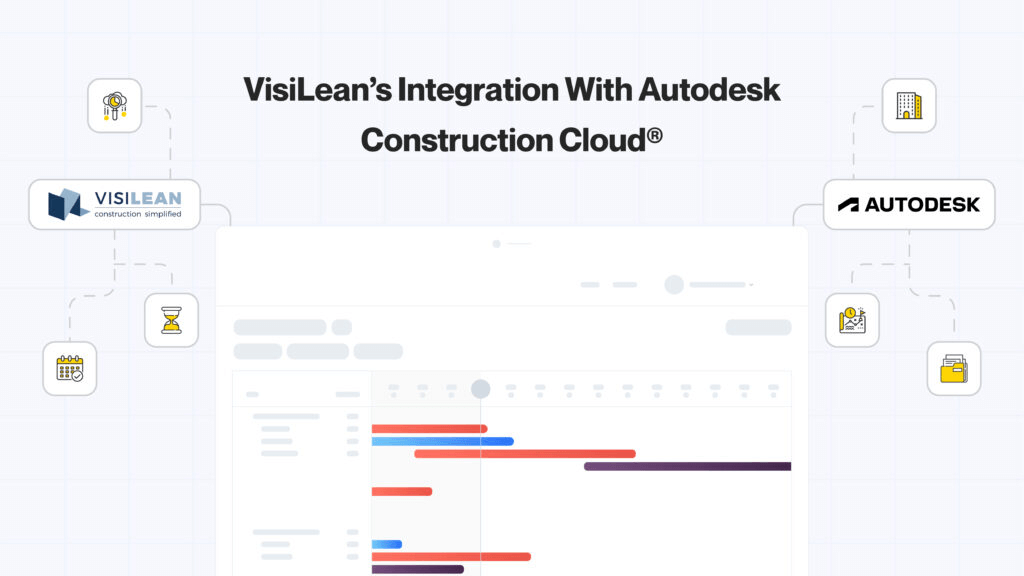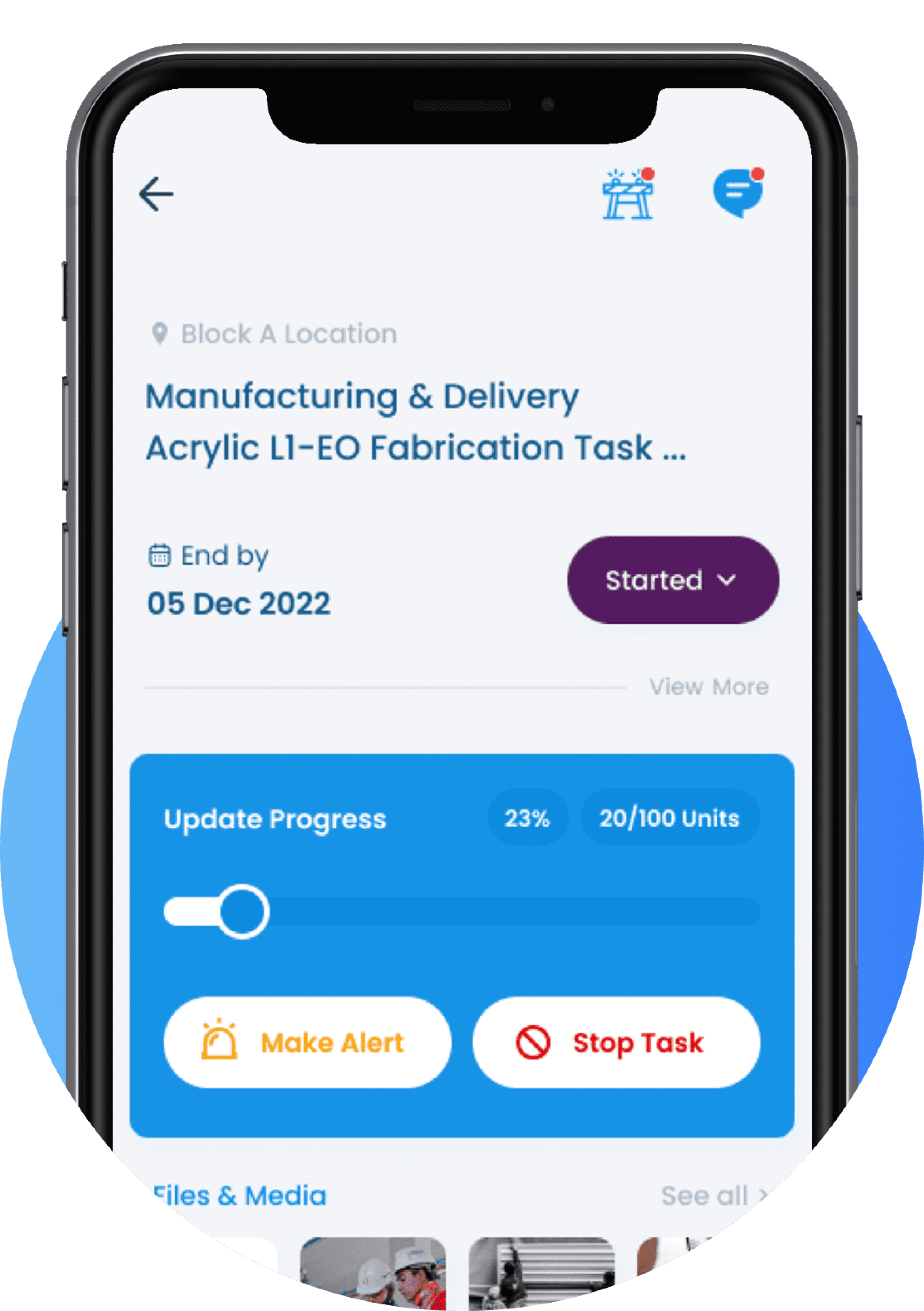Traditionally, planning for construction projects follows a top-down approach, where a milestone plan drives a master schedule to achieve the target completion date. This plan is pushed down to the site level to dictate the timeline for execution activities.
All this planning is generally supported by resource and productivity assumptions, emphasizing the word “assumptions” here. In our best industry experience, these assumptions rarely ever prove to be the reality on site. There are numerous factors, typical to construction projects and certain exclusive to each project as well, that hinder the realization of these plans.
With limited leeway to account for real-time complications on projects site, these schedules start to generally become obsolete. Eventually, these schedules, put up on pin-up boards in site offices that reflect the ideally-planned dates, do not match the actual status of the project on-site. This leads to an attitude of fire-fighting in the first few months of the project itself, wherein the planners now start to reschedule the activities and providing the new completion date for the project to senior management.
The entire process now becomes a race to push activities through, without actually taking stock of the situation clearly.
Is this all bad?
Not really. You can’t work without a milestone plan in mind; each project has a defined duration or a completion target. Teams need to consider this and accordingly plan out the project delivery strategy; and that’s exactly what the milestones are supposed to do – help the project team strategize at a macro level!
Now with the larger picture in place, the team should ideally sit together and plan out the execution activities on site.
How?
Well, one can’t expect a planner to accurately define the duration each trade is going to take for their specific work package. This is where you bring in your package managers; the teams now collaborate over the major planning decisions and pulls commitments for their respective work packages. This not only gives the project team accurate timelines but also helps the entire team to generate the right flow of activities for efficient execution of activities on site.
With this approach, each package manager is aware of their role, and their dependency and responsibility towards each other in the team.
The Lean Workflow
With VisiLean you begin by uploading the macro-level plan and assigning major work packages to the relevant Package Managers. These Users would then upload their micro-level package plans individually. This simplifies the management of Tasks on the system considerably, as well as the assigning of Tasks to the various Users. Each Package Manager becomes responsible for their own team and assigning them Tasks through collaborative planning sessions.
At any given time, the responsible actors can create new tasks, or split the long duration tasks, based on their requirements, eventually aligning activities to the weekly production plan in small, manageable tasks.
Flow in Production Management
This way, Project Managers and Planning Heads manage the project overall at the macro level, while the Package Managers of the various disciplines and trades micro-manage their relevant packages at the site level directly. This enables each member to have defined control and scope, thereby considerably improving the flow of your project production management.
With VisiLean, the Lean workflow enables you to unite the top-down “Push” approach accurately with the bottom-up “Pull” approach. This way, your teams can not only plan better and more reliably, but also collaborate over execution decisions, plan more flexibly, and considerably improve the flow of activities on site.
Sign up for a fully featured 30 Days free trial at – https://visilean.com/free-trial/
To know about our other ground breaking features in construction management process, head over to https://visilean.com.







